E-commerce Growth
The Agricultural Packaging Market is significantly influenced by the rapid growth of e-commerce. As online grocery shopping becomes more prevalent, the demand for packaging that can withstand the rigors of shipping and handling is increasing. This shift necessitates the development of durable and protective packaging solutions that ensure products arrive in optimal condition. Market analysis indicates that the e-commerce segment of agricultural products is expected to expand, leading to a corresponding rise in demand for specialized packaging. Companies that can provide innovative solutions tailored for e-commerce logistics are likely to gain a competitive edge. This trend underscores the importance of adapting packaging strategies to meet the unique challenges posed by online sales in the Agricultural Packaging Market.
Regulatory Compliance
Regulatory compliance is a critical driver in the Agricultural Packaging Market, as governments worldwide implement stricter packaging regulations to ensure food safety and environmental protection. Compliance with these regulations often requires significant investment in packaging materials and processes. Companies must stay abreast of changing regulations, which can vary by region and product type. This necessity creates opportunities for packaging innovations that not only meet regulatory standards but also enhance product appeal. The market is likely to see an increase in demand for packaging solutions that are compliant with food safety regulations, as well as those that address environmental concerns. As such, businesses that prioritize compliance are better positioned to succeed in the competitive landscape of the Agricultural Packaging Market.
Technological Advancements
Technological advancements are playing a crucial role in the evolution of the Agricultural Packaging Market. Innovations such as smart packaging, which incorporates sensors and tracking technologies, are becoming increasingly prevalent. These technologies enhance supply chain efficiency and improve product traceability, which is vital for maintaining quality and safety standards. The integration of automation in packaging processes is also streamlining operations, reducing costs, and minimizing human error. According to recent data, the market for smart packaging is expected to grow significantly, driven by the need for enhanced functionality and consumer engagement. As technology continues to advance, it is likely that the Agricultural Packaging Market will see a surge in demand for high-tech solutions that meet the needs of modern agriculture.
Sustainable Practices Adoption
The Agricultural Packaging Market is witnessing a notable shift towards sustainable practices. As consumers increasingly demand eco-friendly solutions, manufacturers are compelled to innovate. The adoption of biodegradable and recyclable materials is on the rise, with a projected increase in market share for sustainable packaging options. This trend is driven by regulatory pressures and consumer preferences, which emphasize environmental responsibility. In fact, studies indicate that sustainable packaging could account for a significant portion of the market by 2027. Companies that prioritize sustainability not only enhance their brand image but also align with the growing global movement towards reducing plastic waste. This shift is likely to reshape the competitive landscape of the Agricultural Packaging Market, as businesses that fail to adapt may find themselves at a disadvantage.
Rising Demand for Fresh Produce
The Agricultural Packaging Market is experiencing a surge in demand for fresh produce, driven by changing consumer preferences towards healthier eating habits. As more individuals prioritize fresh fruits and vegetables, the need for effective packaging solutions that preserve freshness and extend shelf life becomes paramount. This trend is reflected in market data, which suggests that the fresh produce packaging segment is expected to grow at a robust rate over the next few years. Packaging that ensures product integrity and minimizes spoilage is increasingly sought after by retailers and consumers alike. Consequently, companies that specialize in innovative packaging solutions tailored for fresh produce are likely to thrive in this evolving market landscape.
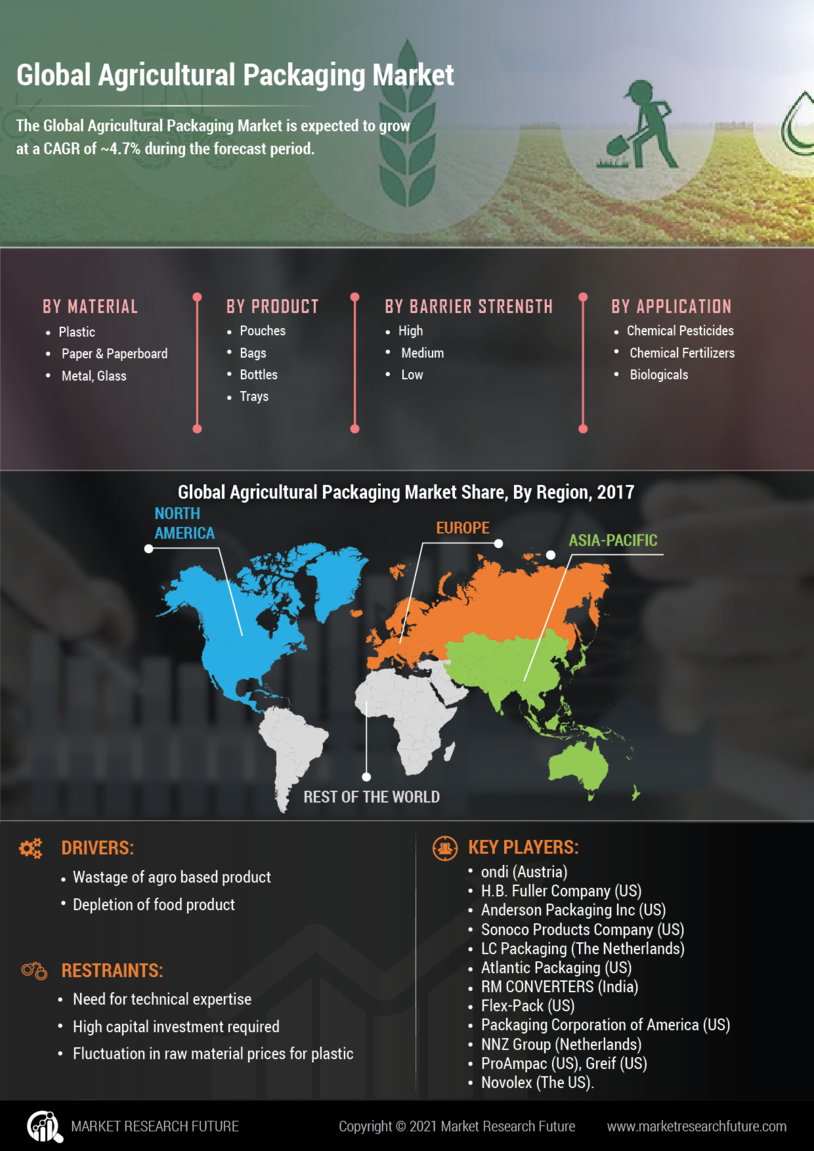


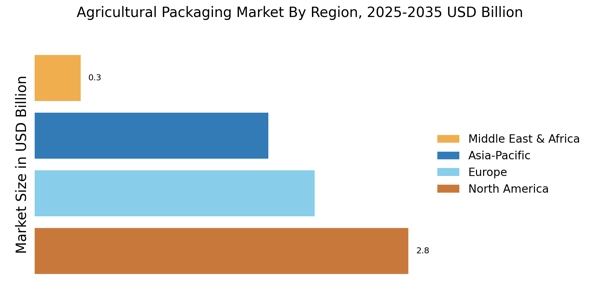

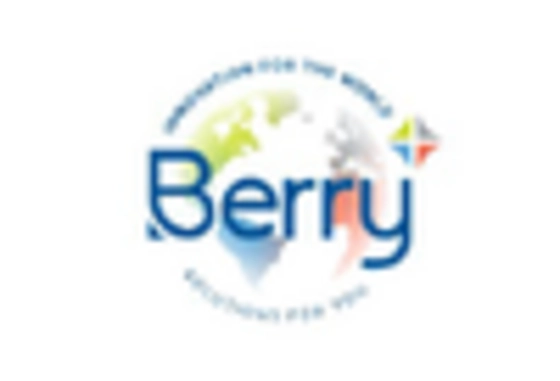


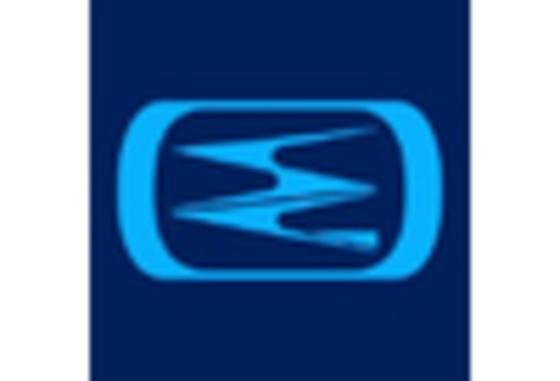
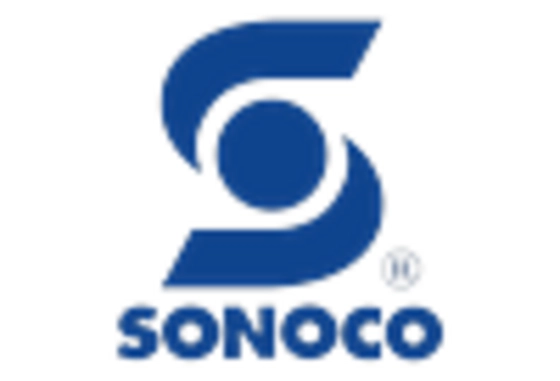








Leave a Comment